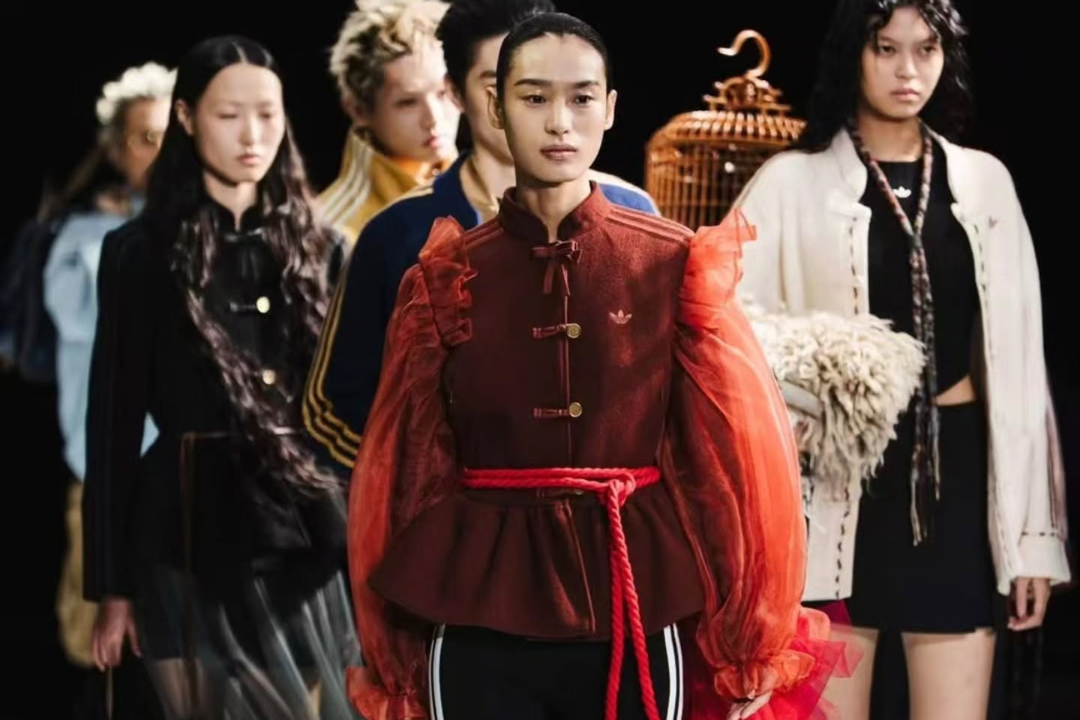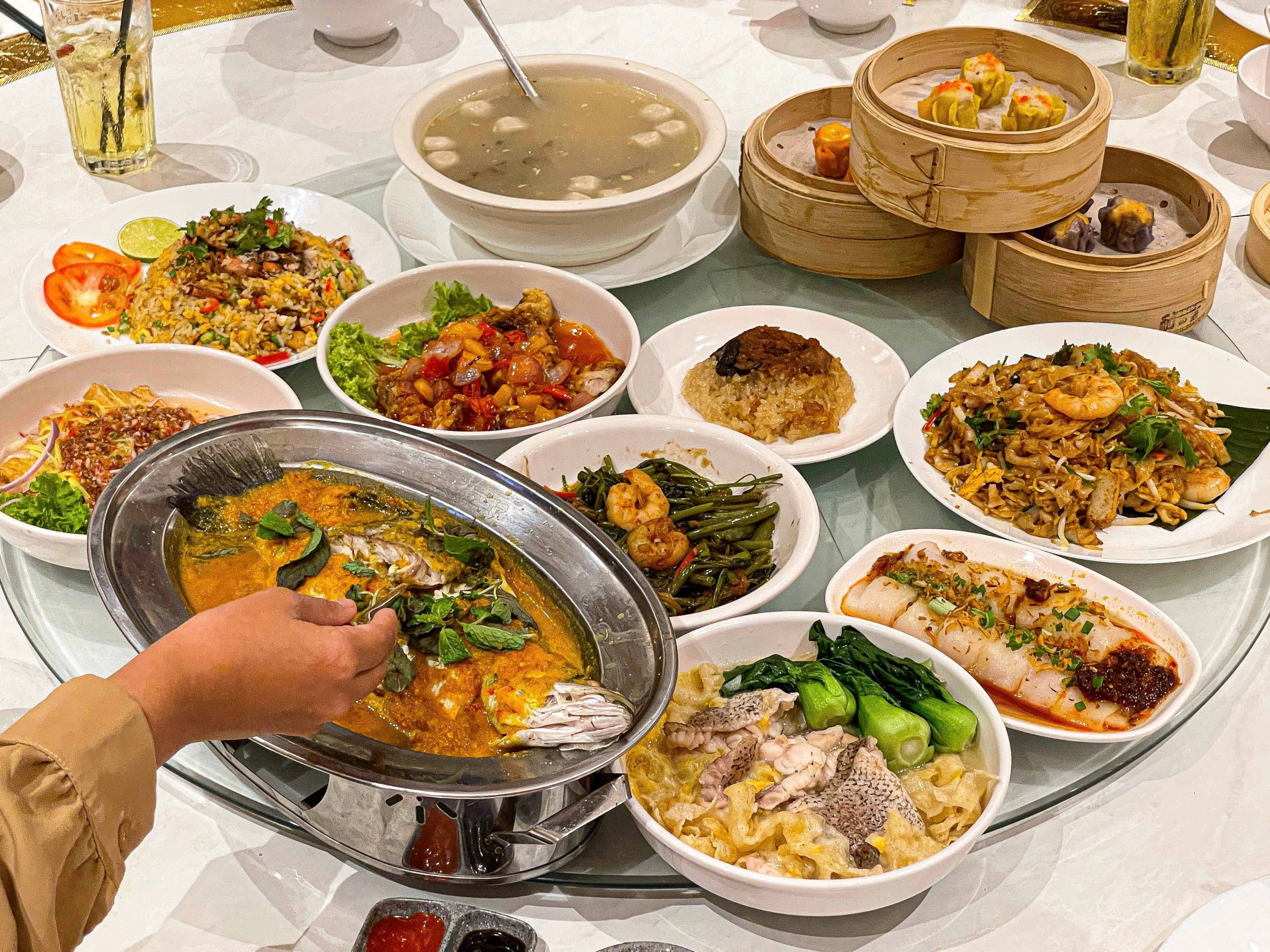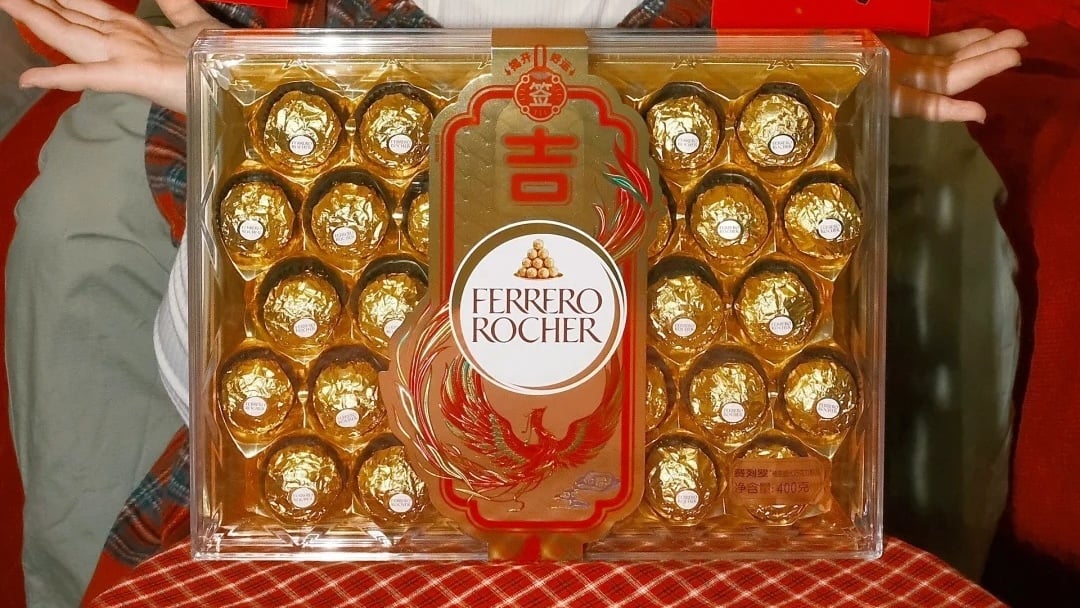The US Postal Service recently released a stamp to mark the forthcoming Year of the Pig, marking the 12th annual year of Lunar New Year themed “Forever Stamps” and fulfilling a campaign that started in 2008 (the Year of the Rat). And sure, that might not get your pulse racing, but wait ’til you’ve seen the designs.
Below, we’ve rounded up some of the images used over the years along with a little bit of the history behind the series. Y’know, for your inner philatelist you didn’t know existed.
The first Lunar New Year Forever Stamp was designed by artist Clarence Lee for the 1993 Year of the Rooster.

The 1993 stamp lead to over 5 million USD in revenue, and was popular among stamp collectors in China as well. Due to the success of the 1993 stamp, the USPS continued the series over the following years, starting with this pretty damn cute 1994 Year of the Dog stamp.

Here’s the updated Year of the Dog stamp, for example:



1995, 2019 – Year of the Pig

 1996, 2008 – Year of the Rat
1996, 2008 – Year of the Rat




1998, 2010 – Year of the Tiger
The artist even included some personal elements in his stamp designs. This one from 2010 included flowers that most people might not automatically associate with the New Year. “It was something that my grandmother would cultivate right before the Lunar New Year,” Mak says in an interview with LA Times. “As a little boy I’d help her. And the fragrance from the flower reminds me Lunar New Year is coming and always brings back really fond memories of being with my grandma.”


1999, 2011 – Year of the Rabbit

 2000, 2012 – Year of the Dragon
2000, 2012 – Year of the Dragon


2001, 2013 – Year of the Snake

 2002, 2014 – Year of the Horse
2002, 2014 – Year of the Horse


2003, 2015 – Year of the Sheep


2004, 2016 – Year of the Monkey
And finally, here’s this year’s offering:
 All pictures from the Smithsonian Institution Libraries, National Postal Museum branch.
All pictures from the Smithsonian Institution Libraries, National Postal Museum branch.
















